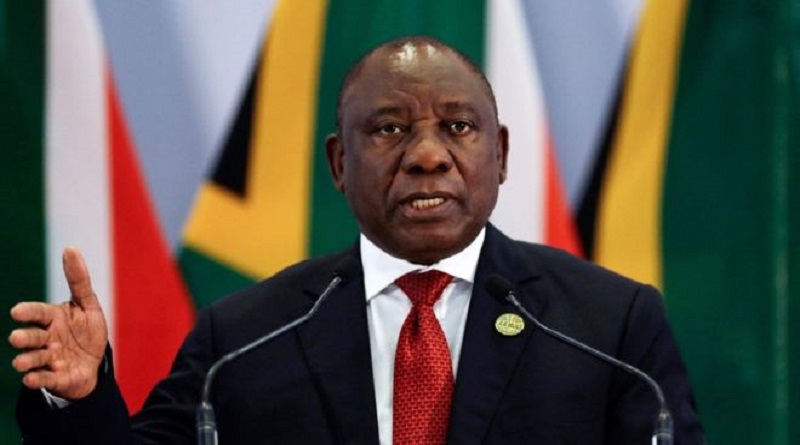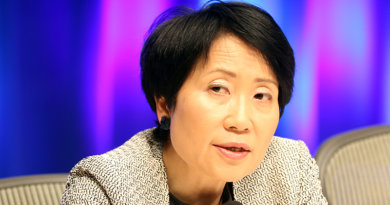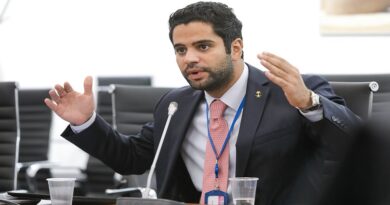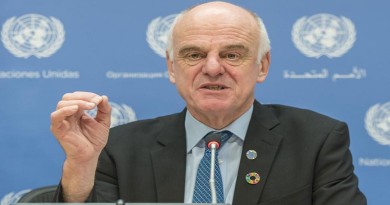South Africa emerges 108th Party to Minamata Convention
The government of South Africa on Monday April 29, 2019 deposited its instrument of ratification to the Miniamat Convention on mercury becoming the 108th Party to the global Convention on mercury
The ratification brings to 108th Parties that have submitted their ratification, accession to the Minamata Convention.
Also, in preparation for the third Conference of the Parties to the Minamata Convention on Mercury coming in November and as requested during COP2 of the Convention, Parties and stakeholders have submitted information on mercury releases to land and water; mercury waste; guidance on the management of contaminated sites and effective evaluation.
At its second meeting, the Conference of the Parties agreed on a number of action items to effectively implement the Minamata Convention and prepare for the third meeting of the Conference of the Parties, to be held in Geneva, Switzerland on 25-29 November 2019. In some areas, submissions are invited by parties and other stakeholders, while in other areas submissions are expected through the members of the Bureau of the Conference of the Parties.
The Minamata Convention which entered into force on August 16, 2017 is the first global treaty that seeks to protect human health and the physical environment from mercury emissions and releases into the environment.
The Governing Council of the United Nations Environment Programme (UNEP) had in February 2009 adopted Decision 25/5 on the development of a global legally binding instrument on mercury. However, following the conclusion of the negotiations at the fifth session of the Inter- governmental Negotiating Committee (INC5), the text was adopted and opened for signature at a Diplomatic Conference (Conference of Plenipotentiaries), held in Kumamoto, Japan from 10 to 11 October 2013, with a ceremonial opening in Minamata on October 9 same year.
Specifically, the objective of the Convention is to protect human health and the environment from anthropogenic emissions and releases of mercury and mercury compounds by measures: to control the supply and trade of mercury; to control mercury- added products and manufacturing processes including artisanal and small scale gold mining; on the environmentally sound interim storage of mercury and on mercury wastes on contaminated sites.
Since it became legally binding in 2017, all hands by governments, non-governmental organisations, development agencies, professionals and other stakeholders have been on the deck to develop policies, programmes and create awareness across the globe on the dangers of mercury to human and physical environment and to make mercury history.
The third Conference of Parties to the Convention (COP2) is slated for November 25-29 in Geneva, Switzerland.




